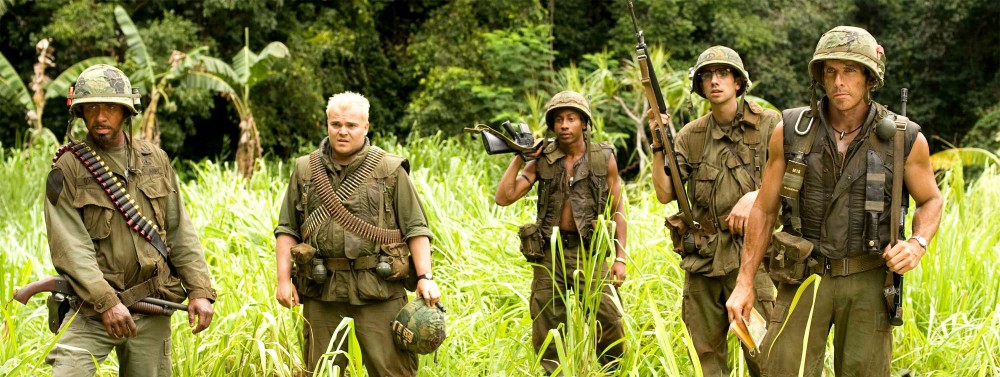Jessica Engle
The Watermelon Woman like the other movies that we have watched this year, is about a film within a film. We are watching a movie about the life of Cheryl Dunye and her life and how she is making this documentary, as well as watching this documentary about “The Watermelon Woman.” There are pretty much two story lines happening simultaneously throughout the film and we as the audience have to keep them straight. The way in which Cheryl, the director chose to use cinematography and sound in the movie helped to keep the two story lines separate while still smoothly weaving them together into one movie.
As we are watching the film there are two obvious different camera views that we are seeing. One is a home video looking camera lens that isn’t as clear as the other camera view; the other view is more of a standard camera lens. When we as the audience are looking at the movie through this home video looking camera that’s when we are in Cheryl’s camera. We are looking directly at what she is filming. This is when we are watching the documentary that she is working on in the movie. We know when we see things through this lens that the focus is going to be on “The Watermelon Woman” and uncovering her secrets. On the other hand when it is the standard camera lens and it is sharper and clearer, we are following the actual life of Cheryl. We are focusing on her work life, her friends, and her love life. It is almost like we are now watching the behind the scenes aspect of the documentary that she is working on. By changing the camera lens like this it enhances the audiences perception of what the audience should be expecting and focusing on in this scene.
Not only did the cinematography change but also the sound changed in the difference scenes. When it was the home video lens focusing on “The Watermelon Woman” a lot of the times the dialogue came from outside of the view of the camera. Much of the dialogue happened off screen. We as an audience knew that it was diegetic sound and the characters on screen could hear them, but we as the audience cannot see them. However in the case of the normal camera lens where the focus is on Cheryl’s life outside of the documentary all of the dialogue takes place on screen. The audience can always see who is speaking and it is always taking place on the screen. In this way the sound also enhances the audiences realization of what this scene is focusing on. We know that when there is dialogue taking place that we can’t see then we know we are looking through Cheryl’s camera and we are watching the film she is taking through her camera for the documentary of “The Watermelon Woman.”
The director’s choice of making it obvious when the story plot is changing from focusing on Cheryl’s life to focusing on “The Watermelon Woman” makes it easier for the audience to adjust. Sometimes two stories within one film can get a little sloppy and a little confusing. However, in this film changing the camera and sound makes it obvious when the story line is changing its focus. I really like this technique because it made it easy to follow the two inter-weaving stories within one film.
